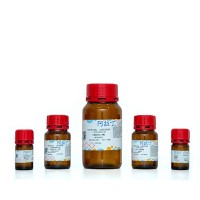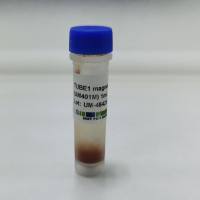The Application of Adenoviral Vectors in the Study of Mammalian Cardiovascular Development
互联网
527
The development of the cardiovascular system represents one of the earliest critical processes in mammalian development (1 ). Historically, cardiovascular development has been studied by utilizing in vitro cell- and organ-based systems or by use of avian-based culture models. Even though a great deal of information has been gained in these studies, the possibility that experimental results may be altered by artifacts of the in vitro system or that there may be discrepancies between avian and mammalian development cannot be overlooked. The advent of transgenic technology has provided a wealth of information in the study of cardiovascular development, and tremendous expansion in our knowledge of the molecular basis of heart development has come from the use of transgenics. There are drawbacks using this approach as well. Typical transgenic overexpression or “gain of function” studies are limited in the availability of promoter elements that are specific for the cell types being studied. Likewise, the use of targeted null mutations has highlighted the importance of the cardiovascular system, but null mutations often result in early embryonic lethality, prohibiting the study of latter events in cardiac morphogenesis. To overcome some of these limitations in the study of cardiovascular development, we have developed a technique whereby high-titer recombinant adenoviral stocks are microinjected directly into the developing cardiovascular system of cultured postimplantation mammalian embryos. This allows for precise spatial and temporal gene expression in the heart and blood vessels, and we have elucidated that gene expression can be made cell-type-specific for either endothe-lium or myocardium, the two cell types present during early cardiac morphogenesis, depending on the choice of otherwise cell-type-nonspecific promoter elements used to express the exogenous gene of interest (see ref. 2 ; Fig. 1 ).







